This morning, like any other Monday through Friday, I got to my desk and eased myself into the workday with a lukewarm cup of coffee and checked my email. There, in the metaphorical driveway that is my inbox, sat my “Daily Skimm” and “Morning Briefing” newsletters, courtesy of TheSkimm and The New York Times, respectively.
Reading the news has been a morning ritual for ages. While the format has changed, though, the desire to be informed hasn’t. Just ask TheSkimm’s 7 million-plus subscribers or The New York Times’s nearly 7 million.
If you haven’t jumped on the email newsletter train yet, do so immediately. If you have, excellent! Let’s dive into the ways newsletters can help your publication soar.
Download Free White Paper Now: A Beginner’s Guide to Email Marketing
Why email?
Think about your inbox right now. For the most part, you’ve elected for everything that’s in it to be there. With an email newsletter, you completely own your audience and have a direct line of communication to each subscriber.
Per OptinMonster, 99% of the 3.8 billion people using email check their inboxes at least once a day. Fifty-eight percent of those 3.8 billion reportedly check email before social media. That sounds like an abundance of subscriber potential if you ask me.
Why are email newsletters so valuable?
For one, everyone benefits. Many brands have already seized upon email marketing as a stream of B2C revenue. However, I find that I’m most inclined to read content from magazines and newspapers. The newsletter in my inbox is the digital equivalent of a paper on my doorstep or a magazine in my mailbox.
Online retail marketing campaigns are easily hit or miss, whereas newsletters are here to stay. When considering the best practices for creating an email newsletter, it’s best to keep your readership in mind, both in terms of the benefits you can provide them as well as the relationship you’re looking to nurture.
1. Building Readership
Newsletters provide an opportunity to freshly tell your stories, but if you don’t have an audience to share it all with, then what’s the point? Meaningful subscriber acquisition should be your first goal. To do this, start by implementing recurring revenue campaigns.
i. Sweepstakes and giveaways
I use these terms interchangeably because of their similarities. Partner with a brand, restaurant, theater, store, hotel, event, or any other business/venue to give away a nice prize to one lucky winner. Maybe it’s an all-expense-paid weekend stay at a new hotel opening soon, or free tickets for a sold-out concert.
Most people would be willing to share their email addresses in exchange for the chance to win something free, and most brands and businesses would embrace the opportunity to promote their offerings while gathering potential new clientele in the process.
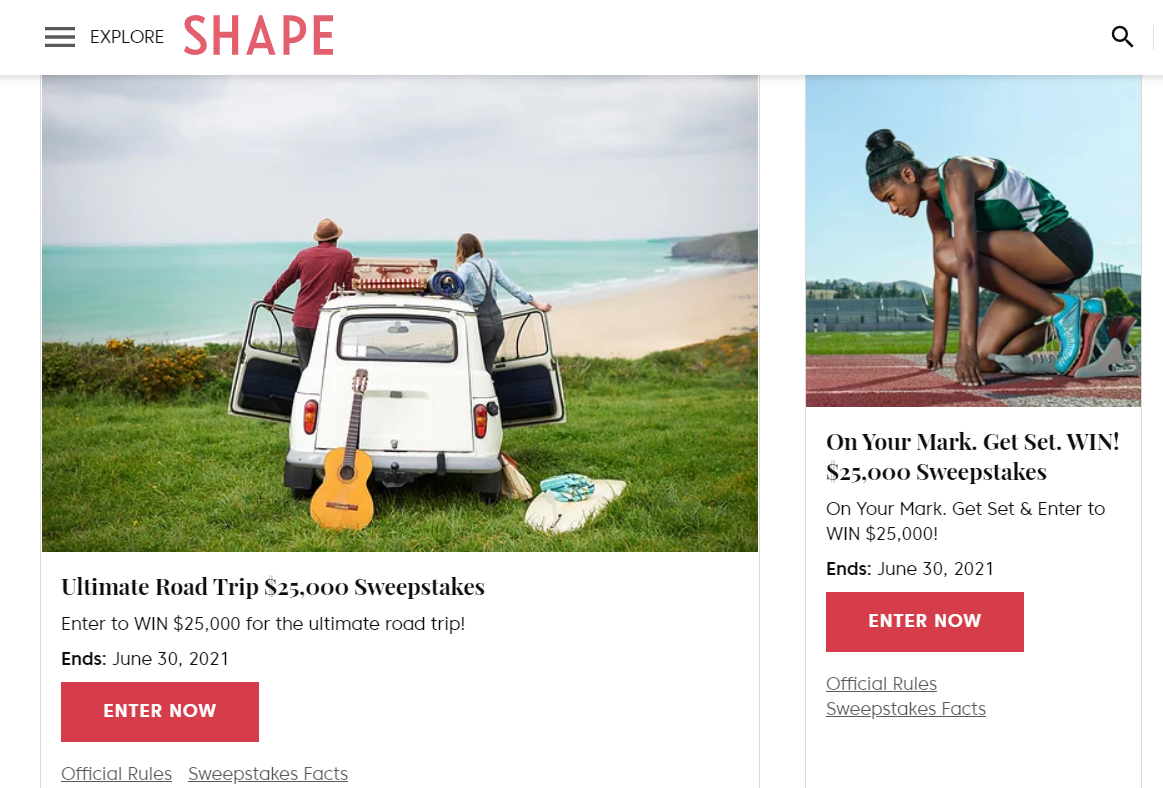
ii. Ballots and contests
These are great, especially at the local level. Provide a ballot asking your community to vote for the best restaurant in your area. People will gladly exchange their email addresses for the chance to dish on their favorite dishes. Not to mention, the restaurants involved will promote your ballot to encourage voting, which means more publicity for you!
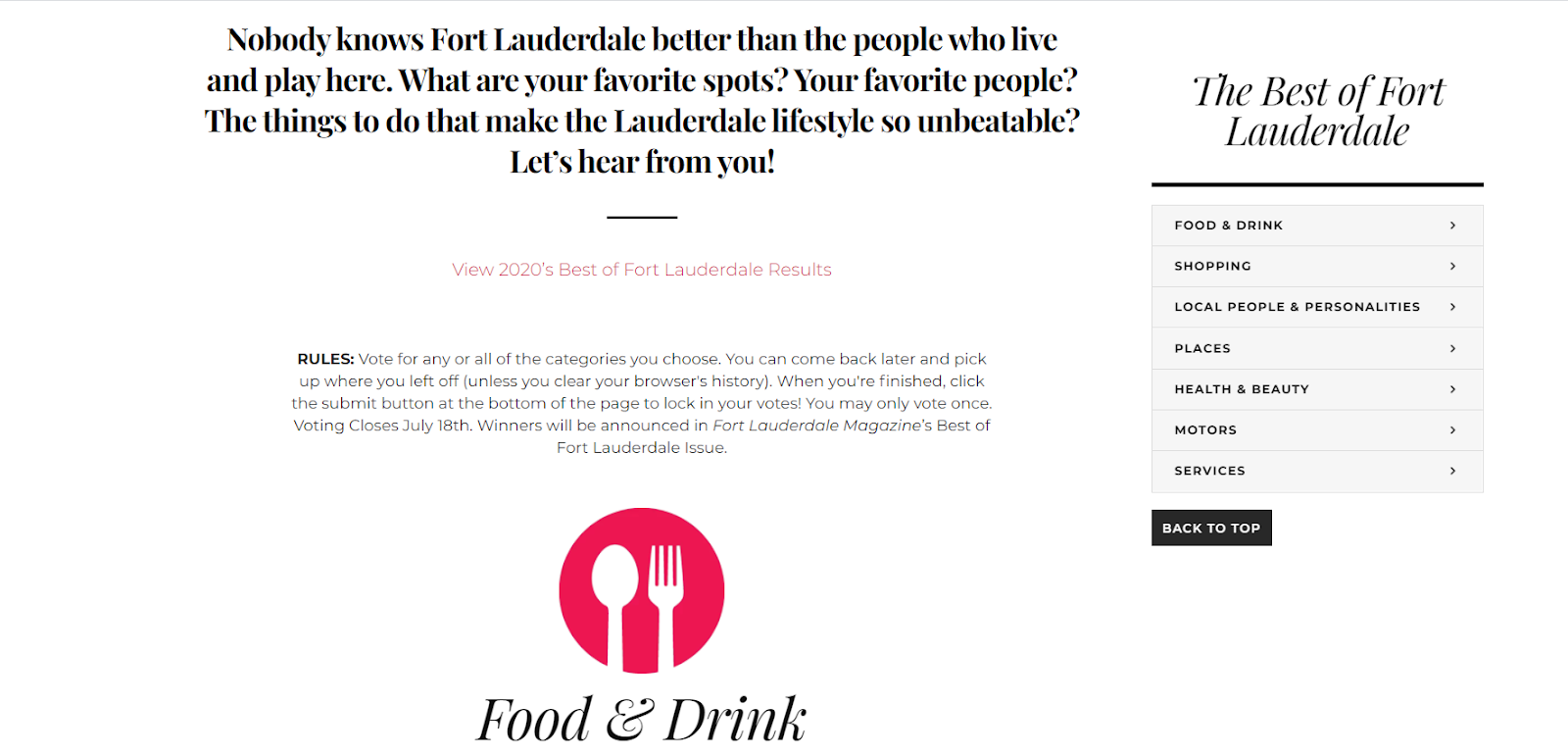
Contests, particularly those sponsored by outside partners responsible for the prize, encourage newsletter sign-ups and wholesome community engagement. Just think about how much buzz you could garner with a “Best Halloween Costumes: Pet Edition” contest.
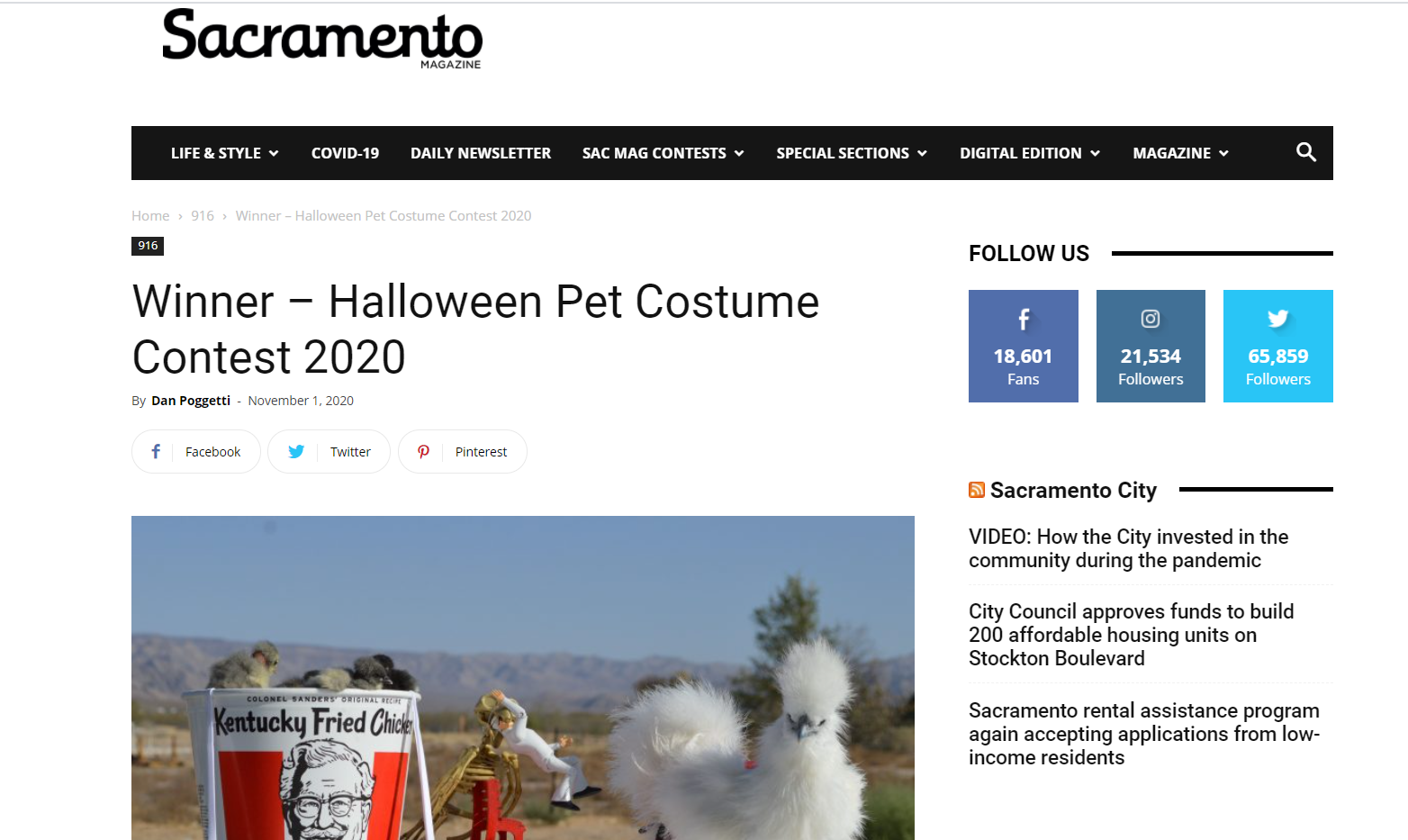
Contests have the added value of bringing out the best in communities, while organically providing authenticity and credibility to your news reporting.
iii. Pop-up series and specific topics
You can also get a fresh wave of subscribers via pop-up series and specific topic coverage. If you’re just entering the newsletter game, these can be the keys to a home run, touchdown, or whatever other sports achievement you’d like to use. They’re excellent for testing out the murky newsletter waters, and specifically, pop-up series — as the name implies — only need to exist for a limited time.
Upland Software points out that a limited-time commitment fosters higher open rates, as subscribers are genuinely interested in what each newsletter will discuss. High open rates are likely with topic-specific newsletters, too, because subscribers will have signed up for content they care about. The New York Times offers an abundance of newsletters on various topics, from politics to love to running.
Should your series turn out to be a huge success, take advantage and make it a permanent fixture. In advance of Game of Thrones’s final season, The New York Times created a pop-up series detailing its editorial team’s re-watch of the previous seven seasons, as well as weekly recaps for each new episode. While the show ended, the newsletter endures as “Watching,” now a twice-weekly mainstay in my inbox covering a variety of TV shows.
2. Maintaining readership
I’ll keep this short and sweet, just as you should with your newsletters.
Present all your content as concisely as possible, but with fresh framing and a conversational tone. Try to drive traffic to your website when you can, as this is how you’ll get eyes on other stories. Make sure the content you do include is curated, not simply thrown into an email for the sake of visibility. Lastly, ensure that curated content is displayed neatly in a layout consistent with previous newsletters and compatible on mobile devices.
Whew, that’s a lot. So, how does one achieve all that, you ask? Hire someone or a team specifically devoted to email newsletters. I just wrote the job description for you; you’re welcome.
Email marketing has an ROI of 3,800% ($38 return for every $1 spent), and for all intents and purposes, your newsletter functions as a huge marketing campaign. So really, bringing on a dedicated email marketer is worth it. Your newsletter needs TLC to thrive — don’t we all? — and its success can open new doors (read: revenue streams) for your publication. Brands will want to advertise with you as:
- Good ol’ embedded banner ads
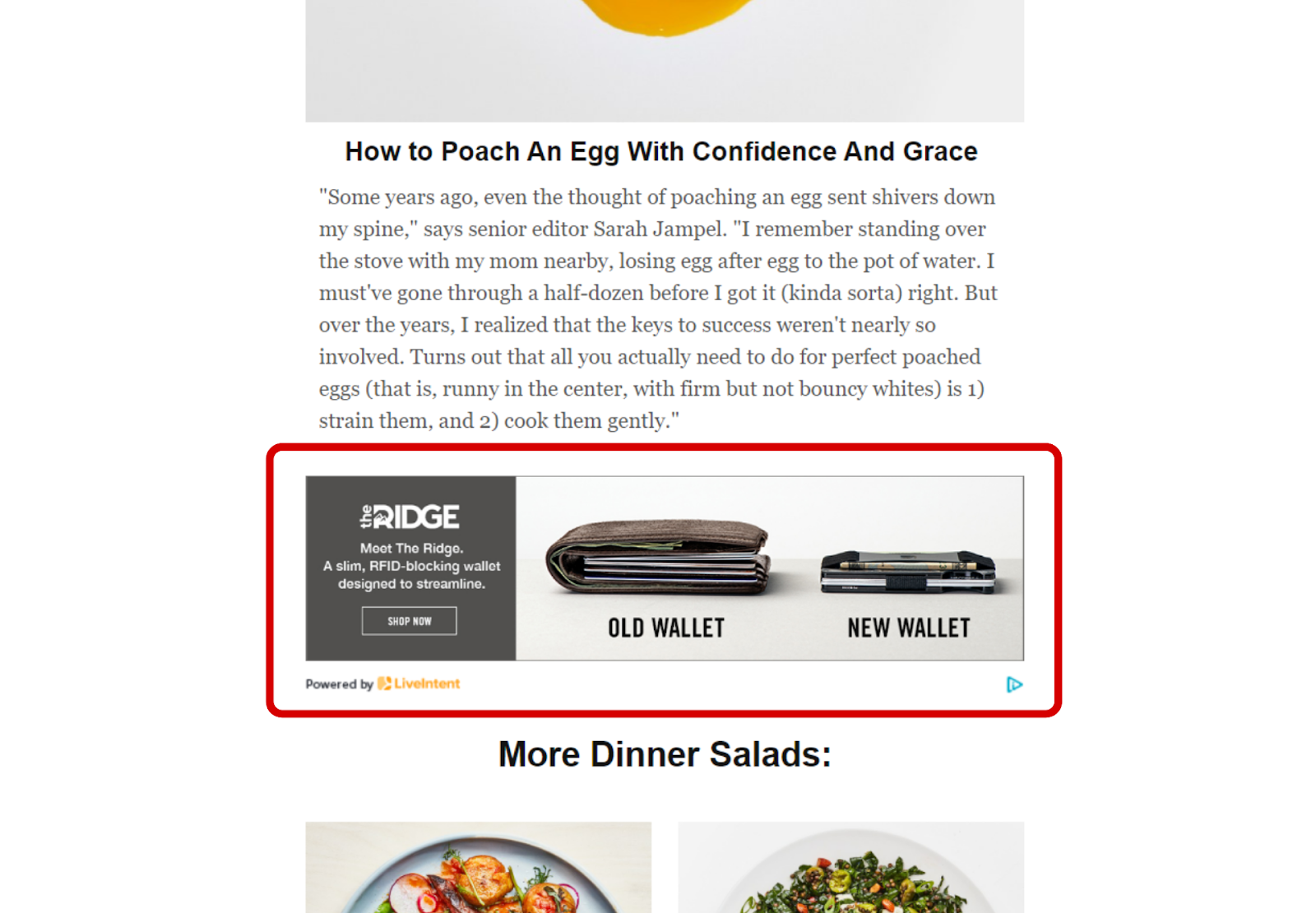
- Native ads
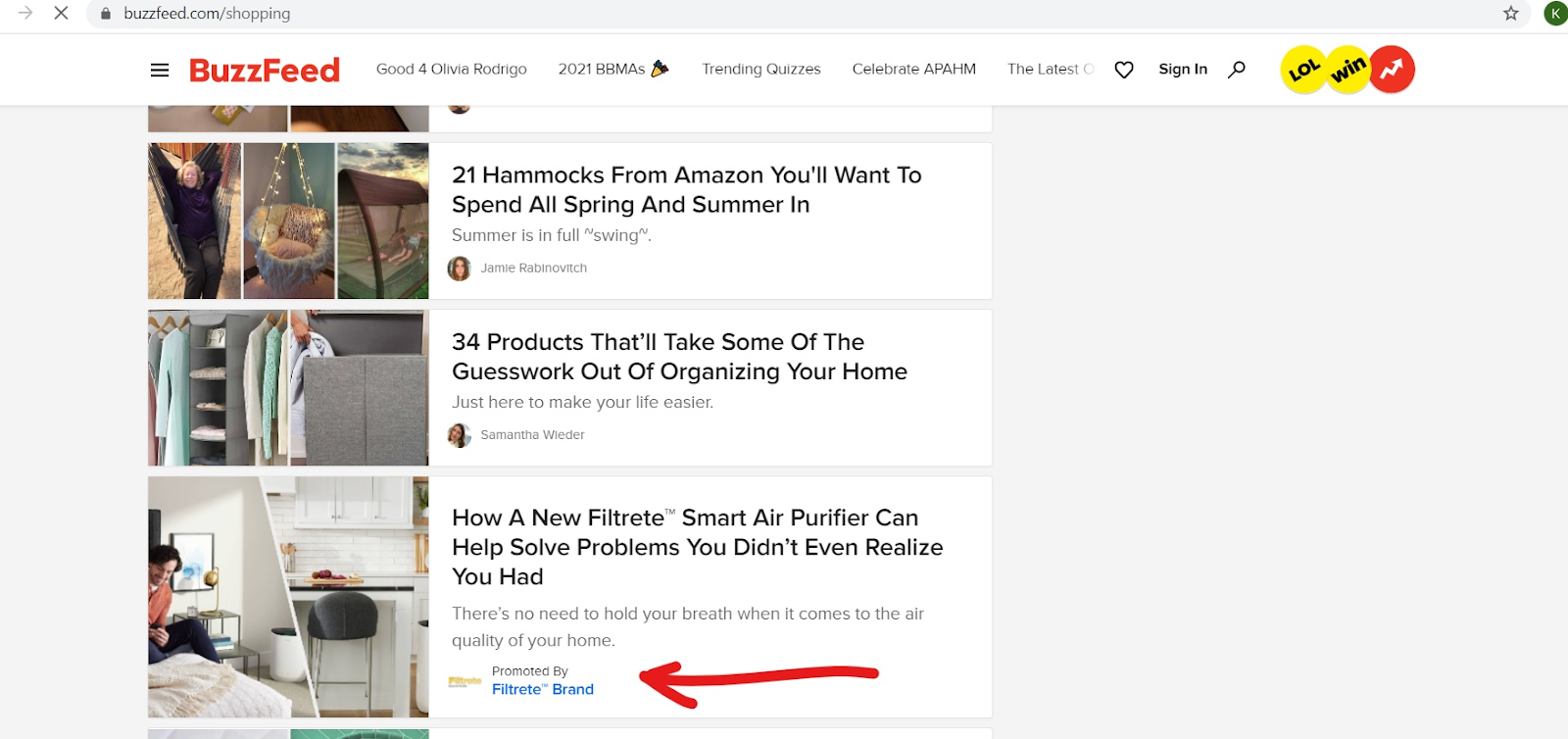
- Affiliates
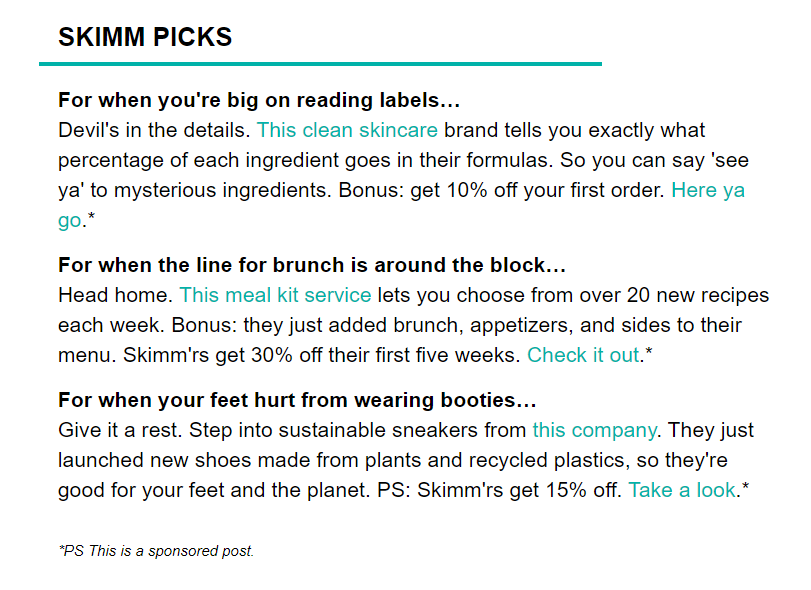
3. Expanding readership
Now that you’ve cultivated an audience for your emails, it’s time to build your print and web readership.
i. Drip campaigns
Follow each email opt-in with drip campaigns offering exclusive subscription promos. Despite being a highly effective marketing tactic for a variety of industries and products, drip campaigns always have the same purpose: maintaining your engagement. Got an email with 10% off those items you left in your shopping cart? Drip campaign. Got a brand telling you it misses you with 20% off any of its products? Drip campaign.
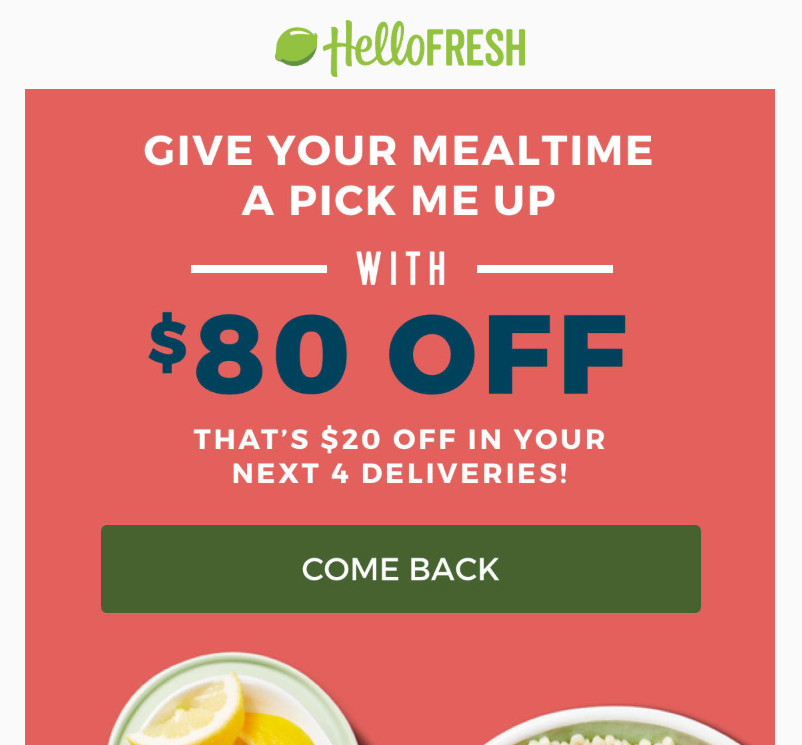
Drip campaigns are automated and follow an individual’s actions. Subscribers who open your welcome letter should receive a different follow-up email from those who don’t. Keep in mind: you’ve only got a 48-hour window after someone enters a giveaway, votes on a ballot, or simply opts in to your newsletter to follow up with a subscription offer. This is the time-frame in which people are most engaged with your publication.
ii. Media partnerships
By this I mean partnering with another publication and incorporating content in each other’s newsletters. TheSkimm’s newsletters do just that: skim the most pressing world events so you know what’s going on. Should a specific headline pique your interest, TheSkimm provides external links to a newspaper or magazine’s in-depth coverage of that subject. This means a fresh wave of exposure to your site, which could then convert to subscribers.
I promise this blog isn’t an affiliate marketing campaign for TheSkimm, those gals just really know how to do an email newsletter.
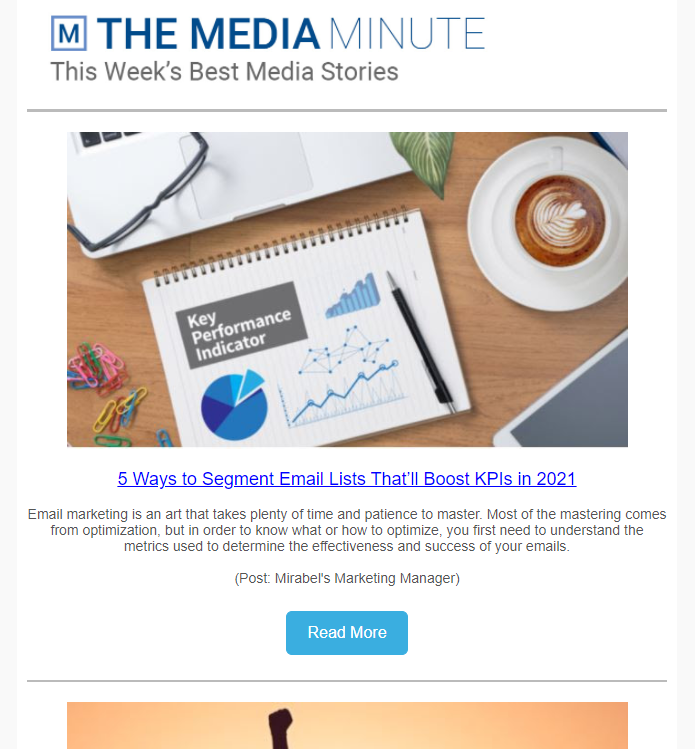
The Big Question: Paywall or no paywall?
The jury is still out on whether paywalls work. As a voracious media consumer, I detest them. As someone working in the publishing industry, I understand why they exist. People have to pay to read print magazines and newspapers, why shouldn’t they have to pay to read that same content online?
Unfortunately, with so many free media alternatives out there, paywalls can deter a reader from subscribing. This means fewer site visits, and subsequently, less revenue from digital ads.
If you’re a niche or local publication, or a more general publication but with topic-specific newsletters, ignore everything I just said. Paywalls could be for you. Why? Because readers want to know what’s going on in their communities. They can get a free tease via local TV stations, but nosy people like me want the juicy details, which only a thoroughly reported story can provide.
With niche publications and topic-specific newsletters, readers have deliberately come to you because they trust and rely on your coverage of a certain subject. They’re much more inclined to pay for your content in order to continue hearing what you have to say.
Wrapping this all up
So, the moral of this very long story? Implement an email newsletter or focus your efforts on improving what you already have.
You now know how to get folks to opt-in, stay for a while, and eventually give you money. Consider adding a dedicated email department within your team to ensure newsletters get the attention they deserve. See what content sticks and move on from what doesn’t.
That’s the beauty of the digital world. Results are almost instantaneous and edits can be made quickly. Most of all, just be open to embracing the ever-changing world of digital media, and you’ll be golden.
To learn more about the basics of email marketing, download A Beginner’s Guide to Email Marketing by Mirabel’s Marketing Manager. Click on the button below to download your copy:
SEE FOR YOURSELF
Watch an overview to learn how B2B marketing automation by Mirabel Technologies can help you increase traffic, optimize your funnel, drive more leads, improve conversions, and boost ROI — at a price you can afford!


